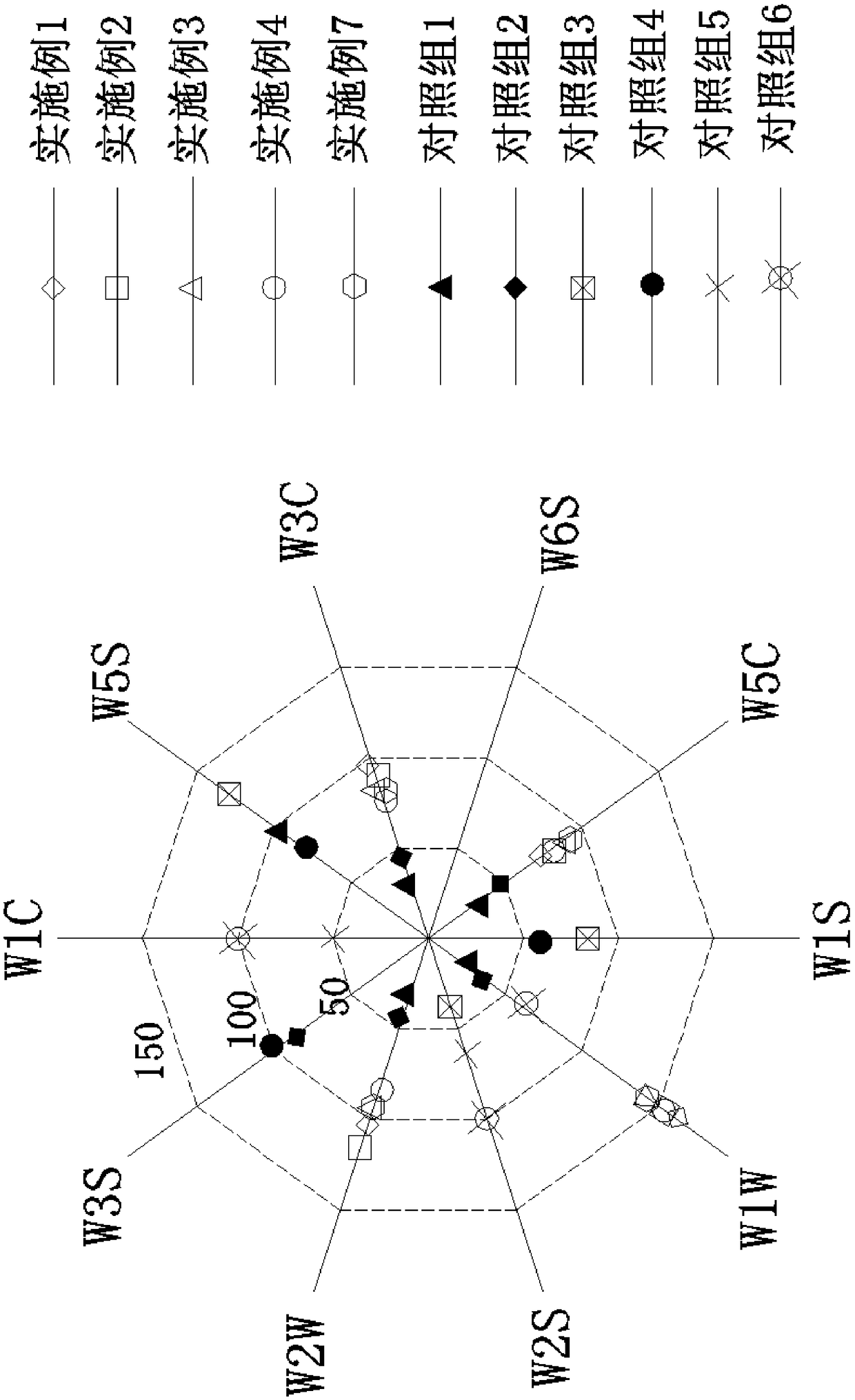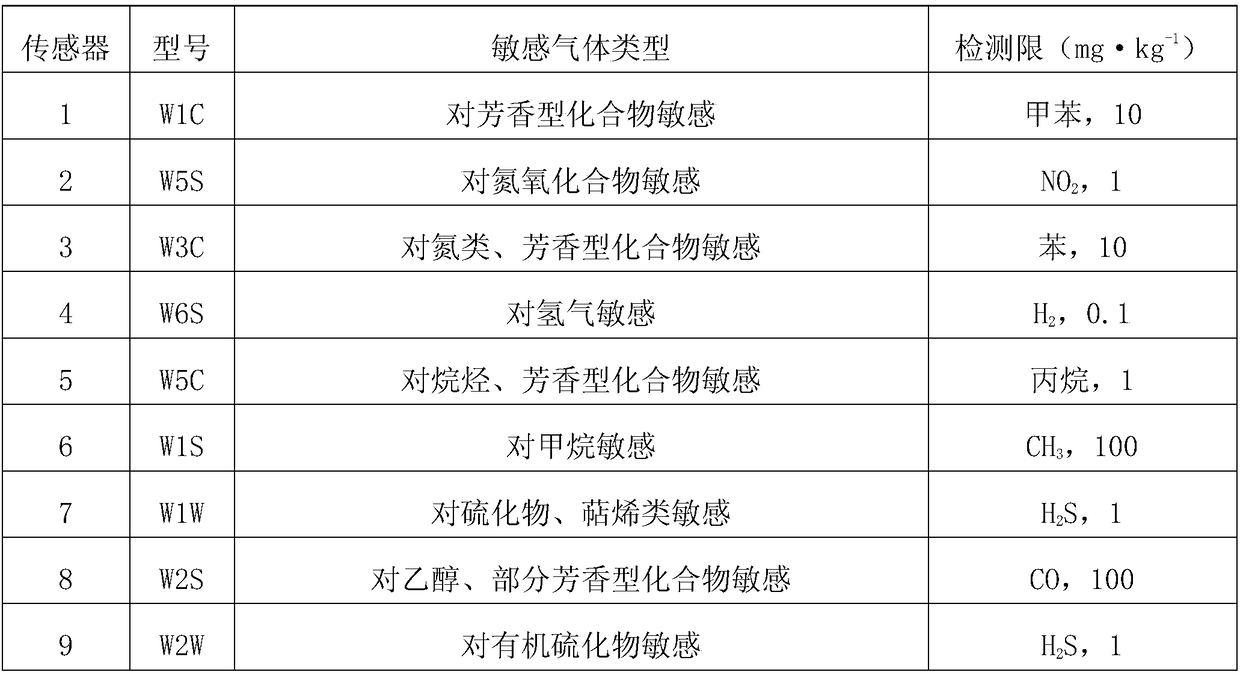Pest control method for organic tea gardens
A tea garden and organic technology, applied in gardening methods, organic fertilizers, preparation of organic fertilizers, etc., can solve the problems of complex extract extraction operations, difficult production implementation, and low practicability
- Summary
- Abstract
- Description
- Claims
- Application Information
AI Technical Summary
Problems solved by technology
Method used
Image
Examples
Embodiment 1
[0020] The deworming method of the present embodiment organic tea garden is:
[0021] (1) Planting wormwood: Plant wormwood around the tea garden to form a wormwood planting belt, wherein the planting area ratio of wormwood to tea trees is 1:5. The planting method of wormwood is planted by the method of asexual reproduction of rhizome ramets.
[0022] (2) Growth period management of wormwood: when each crop of wormwood in step (1) grows to 15cm, carry out pinching treatment of wormwood, wherein, the processing method of pinching treatment is: pinch off the top 3cm of wormwood , and evenly sprinkle the top of the pinched wormwood on the crown of the tea tree. When the pinched wormwood grows to 40cm, the wormwood is harvested, and the harvested wormwood is quickly stacked and fermented at high temperature.
[0023] (3) Fast high-temperature stacking and retting fermentation method of wormwood: mix wormwood and cow dung according to Table 1:
[0024] Table 1
[0025] ...
Embodiment 2
[0030] The deworming method of the present embodiment organic tea garden is:
[0031] (1) Planting wormwood: Plant wormwood in the gap between two adjacent tea trees, wherein the planting area ratio of wormwood to tea tree is 1:10. The planting method of wormwood is planted by seed propagation.
[0032] (2) Growth period management of wormwood: when each crop of wormwood in step (1) grows to 30cm, carry out pinching treatment of wormwood, wherein, the processing method of pinching treatment is: pinch off the top 10cm of wormwood , and evenly sprinkle the top of the pinched wormwood on the crown of the tea tree. When the pinched wormwood grows to 80cm, the wormwood is harvested, and the harvested wormwood is quickly stacked and fermented at high temperature.
[0033] (3) The fast high-temperature stacking and retting fermentation method of wormwood: wormwood, eucalyptus leaves and cow dung are mixed according to Table 2:
[0034] Table 2
[0035] components
Worm...
Embodiment 3
[0040] The deworming method of the present embodiment organic tea garden is:
[0041] (1) Planting wormwood: plant wormwood around the tea garden and in the gap between two adjacent tea trees, and the planting area ratio of wormwood to tea trees is 1:20. The wormwood planting method adopts the method of vegetative propagation of rhizome ramets for planting.
[0042] (2) Growth period management of wormwood: when each crop of wormwood in step (1) grows to 20cm, carry out pinching treatment of wormwood, wherein, the processing method of pinching treatment is: pinch off the top 7cm of wormwood , and evenly sprinkle the top of the pinched wormwood on the crown of the tea tree. When the pinched wormwood grows to 60cm, the wormwood is harvested, and the harvested wormwood is quickly stacked and fermented at high temperature.
[0043] (3) The fast high-temperature stacking and retting fermentation method of wormwood: wormwood, eucalyptus leaves, mint leaves and cow dung are mixed ac...
PUM
 Login to View More
Login to View More Abstract
Description
Claims
Application Information
 Login to View More
Login to View More - R&D
- Intellectual Property
- Life Sciences
- Materials
- Tech Scout
- Unparalleled Data Quality
- Higher Quality Content
- 60% Fewer Hallucinations
Browse by: Latest US Patents, China's latest patents, Technical Efficacy Thesaurus, Application Domain, Technology Topic, Popular Technical Reports.
© 2025 PatSnap. All rights reserved.Legal|Privacy policy|Modern Slavery Act Transparency Statement|Sitemap|About US| Contact US: help@patsnap.com



